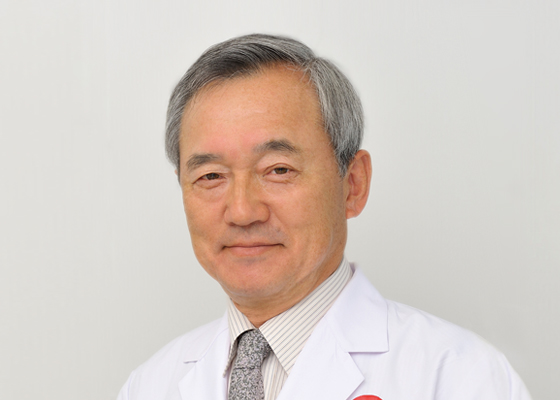What are some of the goals that you have pursued throughout your life as an interventionist (CTO, LMT, etc.)?
I have always strived for safe and complete PCI. PCI for complex lesions such as chronic total occlusion (CTO) and left main trunk (LMT) is just an extension of that. My lifelong goal is to provide patients with the best possible care using the all the devices and techniques currently available. From there, we can move on to the treatment of complex lesions such as CTO and LMT.
CTO treatment is often impressive because, when successful, it revascularizes the occluded area without the need for surgery. For LMT, PCI was basically contraindicated, so they were left untreated. However, with the advent of directional coronary atherectomy (DCA) and coronary stents, we are now considering PCI for LMT. Back then, surgeons would be reluctant to treat a patient who, for example, had a 99% stenosis in LMT in their late 80s. In cases like these, I feel a sense of duty to do everything I can for the patient. When the stent was first made available, I remained skeptical because even then there were still problems of restenosis and thrombosis, and so I didn't actively perform LMT-PCI as I wasn't confident in the results of the treatment. It was about a year after establishing the Toyohashi Heart Center that I started performing DCA in LMT-PCI, though I tried to do so without inserting a stent. I later learned, however, that the results of DCA + bare metal stent (BMS) were very good, so I began to include BMS as much as possible. Now we are in the era of drug-eluting stent (DES), and as reported in many trials, there are excellent data for LMT-PCI. So, at this point, we do not send patients to surgery for LMT except under rare circumstances, however we must remember that restenosis and TLR are still not at zero, so it's too soon to conclude that everything can be solved by PCI.
Now that the DES era has arrived, how has it affected your PCI?
In the BMS era, PCI was used to treat only a limited number of lesions, though in Japan, the indications for PCI tended to be looser because of an insurance policy that allowed retreatment for restenosis. With the advent of the DES era, the results of PCI became as good as or better than those of surgery. Bypass surgery is not indicated for all coronary artery diseases. For example, if a patient has severe stenosis in the right coronary artery (RCA) or circumflex artery, or moderate stenosis in the left anterior descending artery (LAD), then bypassing the RCA and LAD is acceptable, but if the LAD is 50%, then the patency of the bypass is questionable. It is also affected by the degree of stenosis. The best indication for bypass is a proximal lesion with severe stenosis of the three branches. in which case the patency is more likely to be sufficient. DES has outperformed bypass in all but the longest lesions, and has made PCI the mainstay of coronary recanalization. The fact that thrombosis, which has been a problem in the US and Europe in recent years, is less common in Japan is probably due to the use of IVUS-guided interventions. I believe that the key to DES implantation is to select the right size and to apply the right pressure to expand the stent.
Do you have any comments on the insurance system in Japan?
The Japanese insurance system provides equal treatment to almost all patients, although there are some caveats. On the other hand, the number of balloons and stents that we can implant in any one patient is limited. However, I believe that the current insurance system is much better than that of Europe and the U.S. in the sense that treatment can be provided to almost everyone with just a little ingenuity.
Interviewed in 2006






